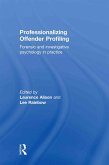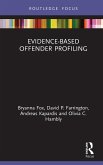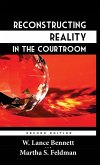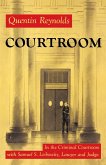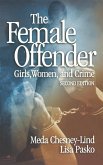Offender profiling is mainly used by the police to narrow down suspects in cases where no physical evidence was left at a crime scene. Recently, however, this technique has been introduced into the courtroom as evidence, raising questions of its reliability, validity, and admissibility at trial. Because offender profiling was not originally intended to be used in the courtroom, its entrance there has caused both confusion and controversy. Offender Profiling in the Courtroom discusses the use of profiling evidence in criminal trials. Ebisike also covers the history, development, approaches to, and the legal aspects of this crime investigation technique. Several serial crime cases where investigators used offender profiling during the criminal proceedings are discussed, including the case of the New York Mad Bomber, George Metesky, who caused thirty-two bomb explosions in New York City between 1940 and 1956, and the case of Albert DeSalvo, known as the Boston Strangler, who carried out several sexually motivated murders in Boston, Massachusetts between 1962 and 1964. Ebisike demystifies offender profiling and raises awareness about the successes and the pitfalls of the process and its use at trial. Offender profiling is a crime investigation technique where information gathered from the crime scene, witnesses, victims (if alive), autopsy reports, and information about an offender's behavior is used to draw up a profile of the sort of person likely to commit such crime. Offender profiling does not point to a specific offender. It is based, instead, on the probability that someone with certain characteristics is likely to have committed a certain type of crime. In spite of the ever-increasing media interest in the use of offender profiling in criminal trials, this technique is still not well understood by many people, including judges, lawyers, and jurors, who weigh such evidence at trial. Some people see offender profiling as a tried and true method of identifying suspects, and others simply see it as a fiction. Here, the author helps readers understand the true nature of offender profiling and the danger of its admission into criminal cases as evidence.
Hinweis: Dieser Artikel kann nur an eine deutsche Lieferadresse ausgeliefert werden.
Hinweis: Dieser Artikel kann nur an eine deutsche Lieferadresse ausgeliefert werden.


